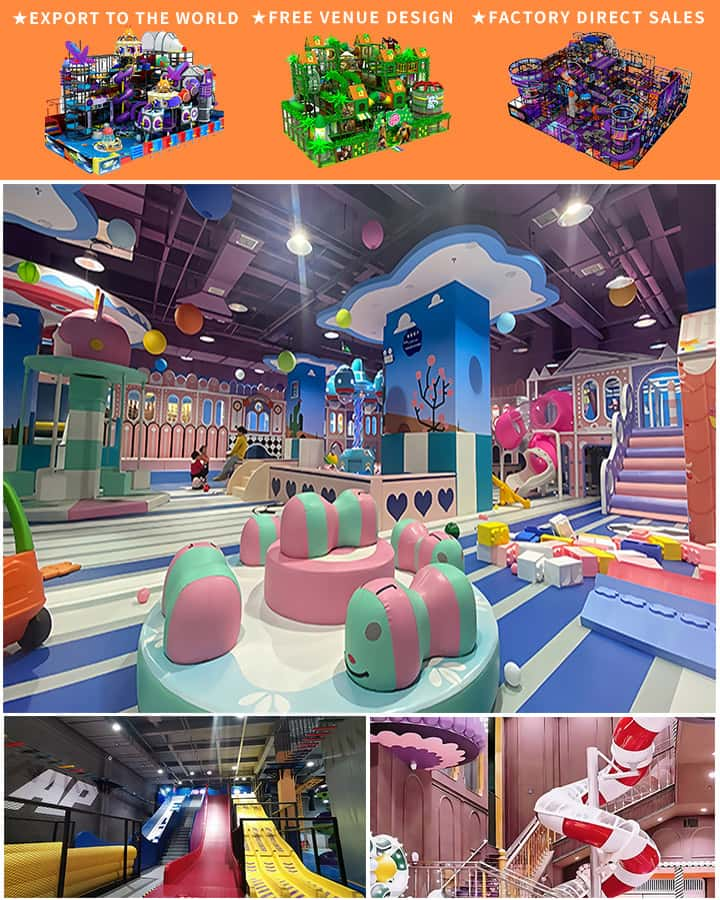Playgrounds are often associated with the carefree giggles of toddlers and children, but what about the older kids who are on the cusp of adulthood? The need for engaging, challenging, and safe play spaces for this age group is crucial. As they navigate through adolescence, playgrounds designed specifically for older kids can serve as vital hubs of physical activity, social interaction, and creative expression. This article explores the significance of playgrounds for older kids and how they contribute to their overall well-being.
The Evolution of Play
While traditional playgrounds are filled with swings, slides, and merry-go-rounds suitable for younger children, older kids require more sophisticated equipment that caters to their advanced physical and cognitive abilities. These playgrounds often feature climbing walls, zip lines, balance beams, and obstacle courses that encourage strength, coordination, and problem-solving skills. By offering these challenges, playgrounds for older kids provide an environment where they can push their physical limits in a controlled and safe manner.
Social Development and Peer Interaction

Adolescence is a critical period for social development, and playgrounds offer an ideal setting for older kids to build friendships and learn essential social skills. Whether they’re strategizing a game of basketball or collaborating on a team-building challenge, these interactions help them develop communication, teamwork, and leadership qualities. Moreover, playgrounds can be inclusive spaces that accommodate children of different abilities, teaching empathy and fostering a sense of community.
Mental Health Benefits
In today’s fast-paced digital world, it’s easy for older kids to become engrossed in screens and virtual interactions. Playgrounds provide a much-needed escape from this digital dependency, encouraging outdoor play and physical activity. Engaging in physical activities has been proven to reduce stress, improve mood, and enhance cognitive function. For teenagers who may struggle with mental health issues, these playgrounds offer a sanctuary where they can find solace, clear their minds, and boost their self-esteem through accomplishment and exercise.
Safety First
Safety is paramount when it comes to designing playgrounds for older kids. Given their propensity for risk-taking and experimentation, these playgrounds must be equipped with appropriate safety measures such as soft landing surfaces, sturdy equipment, and clear instructions. Additionally, having trained supervisors or designated areas for specific activities can further minimize the risk of accidents, ensuring that the playground remains a positive and secure environment.
Creative Expression
Older kids often have vivid imaginations and a strong desire for self-expression. Modern playgrounds for this age group include elements like music installations, art murals, and performance spaces which allow them to explore their creativity. These features not only provide a platform for artistic endeavors but also promote cultural appreciation and diversity.
Conclusion
Playgrounds for older kids are far more than just recreational spaces; they are integral to physical health, social growth, mental well-being, and creative development. By investing in these specialized playgrounds, communities can ensure that older kids have access to enriching environments that support their transition into adulthood. As society continues to recognize the importance of holistic development, playgrounds designed for older children will undoubtedly remain a cornerstone of healthy, vibrant communities.




